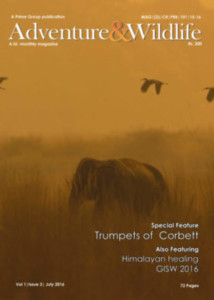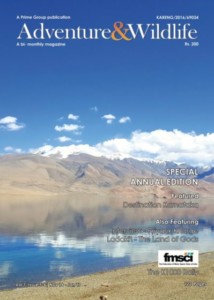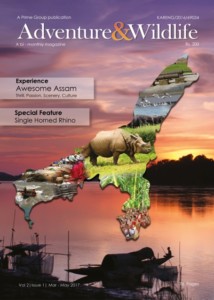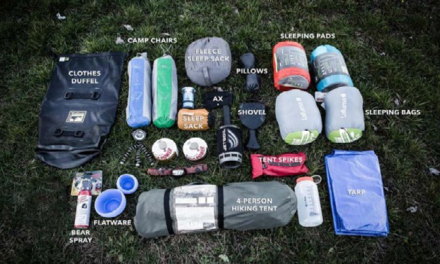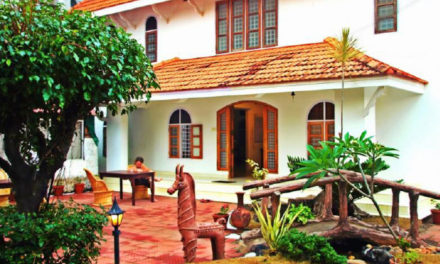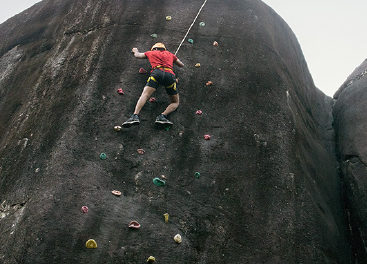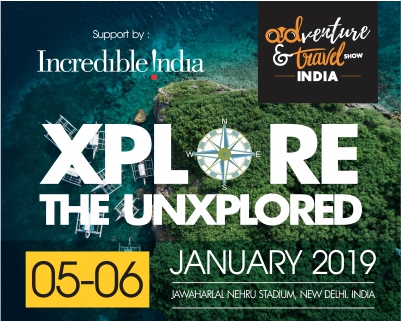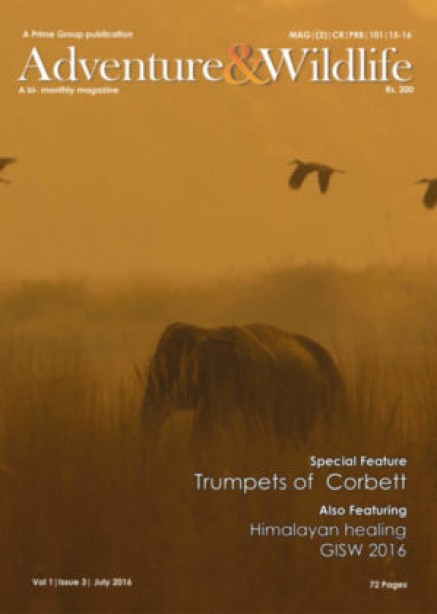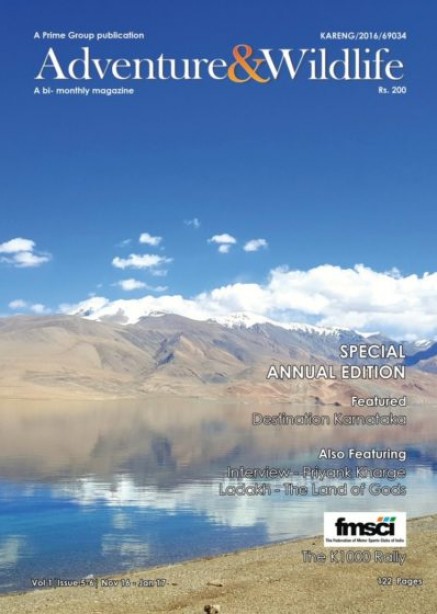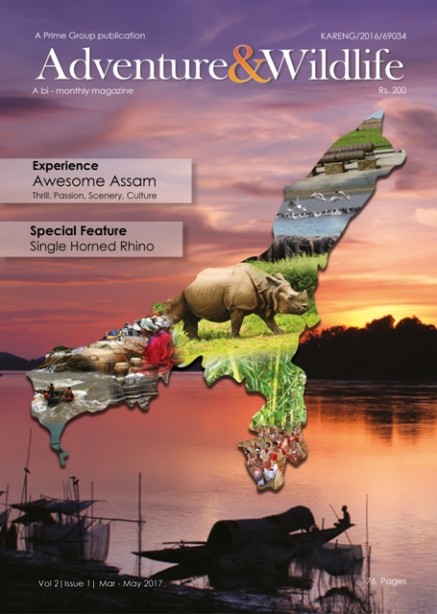
World-Class Diving Tours & Destinations in Iceland
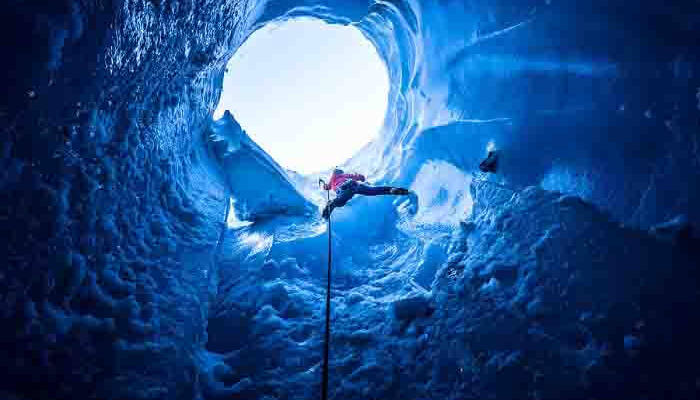
There are things you can’t see anywhere else but in the underwater world in Iceland.
Put on a dry suit and dive with us between the continents, in geothermal superheated water or in the vibrant Atlantic Ocean teeming with life.
Discover the diverse underwater landscape of Iceland
Iceland doesn’t only offer you an amazing landscape above the water but also under the water. This country is known for its crystal clear glacial water and its volcanoes which offer you a breathtaking experience and views. Why not spotting this beauty and go on a diving day tour in Iceland? Let’s put on a dry suit and enjoy the clear water.
Snorkeling Tours
Iceland, with its clear water and a stunning underwater landscape, is an amazing country not only for divers, but also for those that want to try snorkeling. Plus you don’t need any certificates or experience.
Enjoy the deep views through the pure water and take this unforgettable memory back home.
Silfra, Between The Continents The Geology of Silfra
Silfra is a fissure between the North American and Eurasian tectonic plates in Thingvellir National Park. The rift was formed in 1789 by the earthquakes accompanying the divergent movement of the two tectonic plates. The diving and snorkeling site at Silfra is right where the two continents meet and drift apart about 2 cm per year. Silfra is the only place in the world where you can dive or snorkel directly in a crack between two tectonic plates.
The earthquakes of 1789 opened up several fissures in the Thingvellir area, but the Silfra fissure cut into the underground spring filled with glacial meltwater from the nearby Langjökull glacier. The water is filtered through porous underground lava for 30-100 years before reaching the spring that feeds into Silfra. The water is therefore extremely pure by the time it reaches the north end of Thingvellir lake and it allows for underwater
visibility of over 100 meters in Silfra. The glacial meltwater remains very cold in Silfra, but as fresh water is constantly filling the fissure, the water never freezes and remains 2°C – 4°C year round. The underwater visibility of the water in Silfra will rarely, if ever, be surpassed. Silfra is said to have the clearest water in the world; feel free to have a sip of this pristine water at any point during your dive or snorkel.
As Silfra is right at the crux between the tectontic plates, it is a very “living” dive site in that it is constantly undergoing changes, both large and small. The fissure widens incrementally, but more drastic changes to the depth profile have occurred during earthquakes in which boulders and rocks fall into the crack. This shifting of the earth creates new tunnels, caverns, and underwater terrain.
An absolutely unique dive
In the North of Iceland, not far from Iceland’s second largest town Akureyri, is a very special dive site: Strýtan. Located in the middle of the Eyjafjörður and at a depth of about 70 meters, a hot spring has been releasing hot water into the ocean for approximately 11,000 years. The dissolved minerals in the hot fresh water
coagulate as soon as they come into contact with the cold ocean water. This process has created a 55 meter tall limestone chimney that reaches up to 15 meters under the surface. Since 2001, Strýtan has rightly been a protected natural reserve.
Here divers can explore the flora and fauna that have developed and settled under these special circumstances and even feel the hot water that wells out of Strýtan. Apart from all the little
creatures scurrying about, divers might see schools of cod swimming up and down along the chimney.
The Strýtan area has a number of dive sites. Most spectacular is probably the big Strýtan due to its sheer size. However, the site we refer to as “little Strýtan” has a maximum depth of 25 meters and a number of small chimneys on and around a 25 by 25 meter underwater hill. This hill is probably the most densely packed area of different varieties of marine life in Iceland. On our dives we see pretty much everything concerning fish and critters Iceland has to offer.
However, this dive site is only for advanced divers! Divers that decide to take a trip to this fantastic phenomenon need to be in very good control of their buoyancy in order to not come in to contact with anything. They also need to be physically fit since the currents can be strong.
Iceland’s Must-See Nature Sights!
Gullfoss and Geysir are two of the main sites on the popular “Golden Circle” route.
Gullfoss is a powerful waterfall located approximately 130 km inland from Reykjavík. Gullfoss means “Golden Waterfall” in Icelandic, and if you get to visit Gullfoss on a sunny day you will see that it is aptly named. The powerful falls create a mist that, when caught by the sunlight, covers the whole area in a shimmering golden veil. Gullfoss is also the site of one of the first environmental protests in Iceland to protect this land’s fragile and unique nature. A woman who lived at a farm near Gullfoss successfully deterred the construction of a hydrothermal powerplant that would have destroyed this beautiful natural treasure.
As a place name, Geysir refers to the geothermal area that contains two active geysers and many boiling hot pots. Geysir means geyser in Icelandic and Geysir is also the name of the older geyser, which at the moment erupts only infrequently. The more active geyser is called Strokkur, which erupts about every 4-6 minutes. The sulfurous water paints and sculpts the land in marvelous ways. The Geysir area has long been a popular and impressive site to visit both for Icelanders and visitors.
A stunning and unique dive site
Covering about eight square meters, Kleifarvatn is the largest lake on the Reykjanes peninsula and with a maximum depth of 90 meters is one of the deepest lakes in Iceland. Kleifarvatn is located about 30 km outside of Reykjavík and sits directly atop the mid-Atlantic ridge, the point at which the North American and Eurasian continental plates diverge. Kleifarvatn Lake is nestled within an impressive volcanic landscape, full of steep and amazingly colored hills and weird lava formations. Standing at the lake’s shore it is hard to believe that there is a populated city just 30 minutes away. This is the territory of trolls and elves.
Lake Kleifarvatn’s position on the geothermally
active area along the diverging tectonic plates provides some unusual features. Underwater hot springs were recently discovered about 10 meters from the shore on one side of the lake. In the center of the hot springs is a large crater that emits large quantities of warm water and gases. As the air bubbles are pushed through the crater on the lake floor, pressure causes the surrounding rocks to vibrate slightly. Divers can usually feel these vibrations themselves, which is a special experience!
Kleifarvatn lake is also unusual because of its constantly rising and falling water levels despite the fact that the lake has no visible surface drainage, i.e. no connecting rivers. Changes in water level are due mostly to alterations in ground water level. For instance, the water level in the lake noticeably decreased in 2000 as water drained into the ground following earthquakes that created a fissure in the lake’s floor. Since then the water levels have risen again, but they must be checked frequently in order to gauge access to the dive site.
Kliefarvatn Lake is a popular fishing site during the summer season and is known for unusually large brown trout and char. A monster the size of a whale and shape of a serpent is also said to inhabit the lake. As the lake partially freezes over during winter, both diving and fishing activities are paused during the winter season.
Undersea gardens, forests and deserts
Garður is located at the end of the Reykjanes peninsula, about an hour’s drive south of Reykjavík. We enter the water either from the shore or climbing down a ladder from the pier.
Garður means garden in Icelandic, and it does indeed contain a bountiful garden of over 42 species of marine algae. The algae are a vital part of the Icelandic marine diet and an ancient food sours known to have been eaten as far back as over 1000 years ago by the original settlers of Iceland. Not only do the algae provide basic and essential nutrients, they are also colourful and diverse in design.
In addition to this lovely garden, you will also dive around extensive kelp forests. These forests are great habitats for many species of fish. We often see wolf fish, scorpion fish, all kinds of flatfish, monkfish, and more. On our dives we usually try to pay Tommi the Wolffish a visit. He lives in a hole in the pier.
The seascape of Garður also includes stretches of sandy patches, with coral intermittently rising out of the sand. Flatfish make their home here in Garður’s desert, covering themselves with a thin layer of sand but leaving their watchful eyes poking out.
The founder of DIVE.IS, Tómas Knútsson, has always been in engaged with environmental actions and education, and Garður is one site that especially benefited from this. Many years ago, Tómas and his Blue Army dedicated themselves to cleaning up trash that had been thrown into the Garður area. We and all of the special inhabitants of the undersea garden, forest, and desert are very grateful and appreciative of their work.
If you can’t decide between an ocean dive and freshwater, you can do both
According to an older theory of continental drift, the Eurasian and North American continental plates shift and grind together in an endless clash of subterranean forces under a gaping rift at the tip of the Reykjanes peninsula in southwest Iceland. Bjarnagjá is an 18 m deep lava ravine on this very peninsula where the tectonic activity has caused Iceland to rise out of the ocean.
The water in Bjarnagjá is mostly fresh ground-water but it is influenced by the salinity of the sea as the rift is only few hundred meters from the coast. For those who have the appropriate level of training and diving experience this site offers dives in an overhead environment.
Silfra’s darker, wilder sibling
Davíðsgjá, like Silfra, is a fissure located in Lake Thingvellir. Davíðsgjá is not as famous as Silfra, but it is a favourite among local divers. At Davíðsgjá you can walk straight into the water and after a nice shallow swim in water that is usually warmer than Silfra, you will enter the long, deep and narrow fissure. The maximum depth of the dive in this fissure is 21 meters. Davíðsgjá often has incredible underwater visibility, although this varies and is more dependent on weather than in Silfra. The top of fissure in Davíðsgjá is actually about 7 meters underwater, which allows for more contact with the water in Thingvallavatn lake. It is therefore common that trout join the divers in exploring this fissure.
Water in its purest form
Nesgjá is another lovely fresh water fissure with the crystal clear water that is so unique to Iceland.
Due to the activity of the tectonic plates, tension builds up in the earth’s crust. Every couple of years this tension is released through earthquakes. These earthquakes create cracks that can be seen from the south west of Iceland all the way to the north east. The Eurasian and North American continental plates meet deep down under the earth’s crust along this line.
Some of these fissures are filled with water, usually glacial water that has been filtering through lava fields for many years, before it flows into rivers, the ocean or these fresh water fissures. After dripping for a such long time through porous lava rock, the water has been filtered perfectly and is literally as clear as it gets.
Nesgjá is quite shallow but amazingly beautiful. The lagoon is huge and as one of our instructors says: “The visibility depends solely on the quality of your dive mask.” You can see further than 100 meters.
Take a break from the cold and float through warmer waters
Litlaá, meaning “Little River” in Icelandic, is located near the northern coast of Iceland, just south of the arctic circle. This is an unusual place to find a 17°C river, but the geothermal activity keeps it a nice warm temperature. As it is a shallow river, we snorkel instead of dive. The river’s floor is full of mesmerising dancing volcanic sands and multicoloured sediments leaping from the bottom. The heated water erupts from below the bottom causes beautiful designs and ripples in the riverbed while you drift along the surface above. It will make even the most experienced divers wonder if it is indeed possible to have nitrogen narcosis from only snorkelling!
Into the wild
Looked at in a certain way, the map of Iceland could be seen to resemble the outline of an animal or organism. The long, protruding Reykjanes and Snæfellsnes peninsulas become the organism’s appendages and the Westfjords become its head.
The Westfjords have been and still are a very important area for Iceland’s fishing industry, although much of this activity has by now been consolidated into the region’s largest town, Ísafjörður. Nevertheless, the Westfjords comprise Iceland’s most remote and sparsely populated region. This area is known for its countless deep fjords and its white and golden sand beaches.
These beautiful beaches and steep fjord cliffs lead into Iceland’s clearest ocean water. The ocean here has a great variety of dive sites. There are many wrecks and old artifacts to be explored. The ocean around these fjords is rich in marine life these are great waters for observing monkfish
and it is the only place where hard coral is found off the shores of Iceland. During the summer, whales and dolphins often accompany fishermen on their way out to sea.
Dive into history
Seyðisfjörður is a little fishing town in the very east of Iceland. It’s named after the fjord in which it lies and still has a lot of the old fishing village flair and many old houses.
In World War II, german fighter planes sunk the British oil tanker “El Grillo” in the fjord on
February 10th, 1944. This is one of the few instances in which the fighting of World War II
actually came to the shores of Iceland. Thankfully, there were no casualties.
The wreck is about 150 meters long and weighs over 7000 tons. In 2002 the rest of the oil inside the tanker was pumped up after having leaked out for many years. Today it’s free and clean of oil and is a fantastic dive site.
The ship lies at a depth of about 45 meters and the shallowest point is reached after descending about 28 meters.
In order to dive El Grillo divers need to be certified PADI advanced open water divers or carry a comparable certification from another organization.
Since El Grillo is all the way at the other end of Iceland, we dive it only on our 10-Day Tour and on tailor-made tours around Iceland.
Source: www.dive.is


